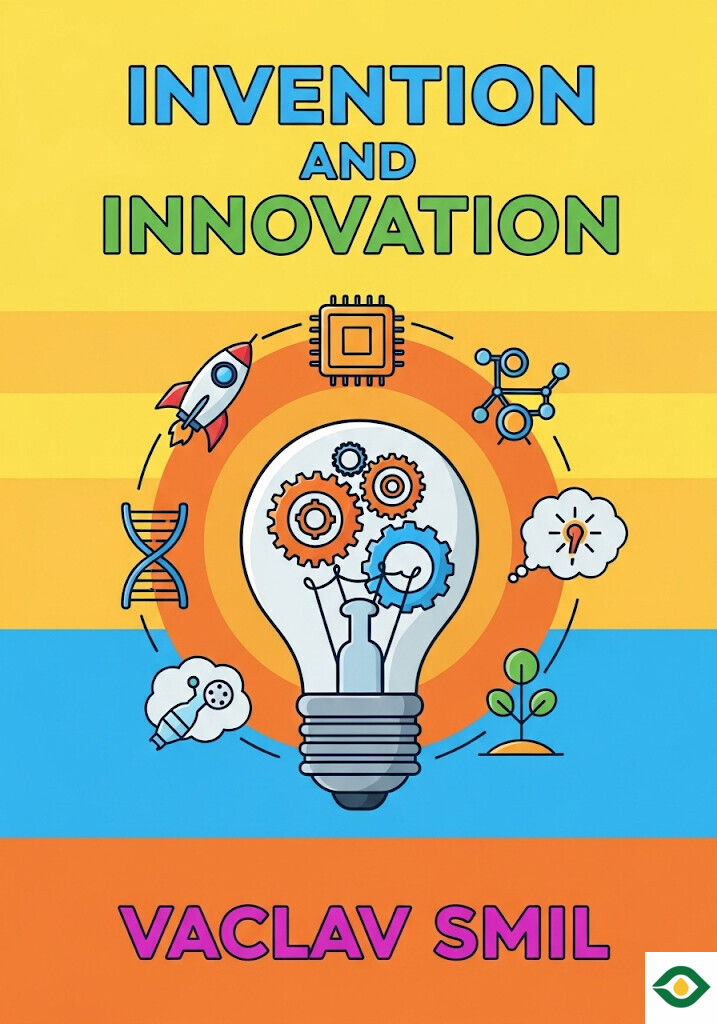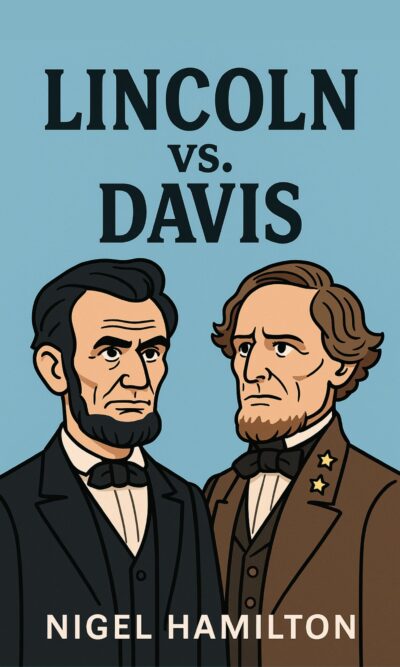Description
Human history is a story of invention. From the first stone tools shaped millions of years ago to the modern microchip holding billions of circuits, people have always searched for new ways to improve life. Every breakthrough looks exciting at first, but the journey from an idea to real innovation is never simple. Some inventions rise to glory, others disappear, and many carry hidden consequences that only become clear years later.
One striking example is the story of leaded gasoline. In the 1920s, car engines struggled with “knocking,” a damaging problem. Adding a chemical called tetraethyl lead seemed like a miracle fix. General Motors branded it as “ethyl gas” and hid the dangers of lead. Safer options already existed, like ethanol, but they were harder to control and less profitable. The lead solution was pushed forward even after workers died in factories. For decades, cars spread lead into the air, poisoning children and lowering their learning ability. Eventually, it was banned, but only after generations suffered damage. What looked like progress was actually a deep wound for society.
A similar story unfolded with DDT, a chemical used to kill insects. First created in the 1800s but ignored until 1939, it seemed perfect during World War II. Soldiers were saved from malaria and typhus, and DDT was praised as a miracle. It likely prevented millions of deaths. But its widespread use in farming caused disasters. Birds of prey laid eggs with shells too thin to survive, entire species nearly vanished, and insects grew resistant. Once again, an invention that looked like a blessing ended up as a mixed legacy—helpful in saving lives, but harmful when used without limits.
Other inventions simply failed to live up to their promise. Airships were once seen as the future of travel. Huge, floating giants like the Graf Zeppelin carried passengers across oceans in style. But after the Hindenburg explosion and the rise of airplanes, airships quickly lost their place. Airplanes proved faster, cheaper, and more practical. Even though some companies still dream of reviving airships, they remain symbols of how exciting ideas can fade when a better alternative comes along.
Nuclear power is another story of big promises and disappointing reality. In the mid-20th century, experts claimed nuclear energy would replace all fossil fuels. Breeder reactors, which make more fuel than they use, were expected to power the world. Governments invested billions, especially during the Cold War, and many believed nuclear plants would deliver endless cheap energy. But construction was slow, costs rose, and disasters like Chernobyl and Three Mile Island scared the public. Instead of a thousand reactors in the U.S., only about a hundred were ever built. Today, nuclear power still provides electricity in some countries, but it is far from the revolutionary solution once promised. It is a useful technology, but not the world-changing miracle once imagined.
Some dreams never even leave the drawing board. For over two hundred years, inventors have tried to build vacuum tube trains—what we now call Hyperloop. The idea of speeding passengers through airless tunnels has been discussed since the early 1800s. Elon Musk’s announcement in 2017 was only the latest in a long line of promises. But the same technical problems remain: keeping a vacuum over long distances, building safe systems, and paying enormous costs. Just like controlled nuclear fusion or nitrogen-fixing crops, some inventions remain forever “almost here,” but never quite real.
Part of the problem is that people expect progress to move at the speed of computers. Since the 1970s, computer chips have doubled in power every two years, a pattern known as Moore’s Law. This makes us think all technology can advance so quickly. But most areas move much more slowly. Batteries improve by only about 2 percent each year. Farming productivity rises by around 1 percent. Electricity generation has improved at a snail’s pace. Many bold predictions—like self-driving cars for everyone by 2020 or total electric vehicle takeover by 2025—have failed because people assume unrealistic speeds of change.
History shows that most major industries saw their bursts of innovation long ago. Transportation, machinery, metals, and construction all peaked before 1950. Since then, progress has been steady but modest. Only fields like computers, medicine, and biotechnology have seen strong late surges. Even huge efforts, like the “war on cancer,” have brought only gradual gains. Cancer deaths have dropped, but not disappeared. These examples remind us that real innovation is usually slow, not sudden.
So what does this mean for the future? It means we should be careful with hype. Headlines about Mars colonies, miracle cures, or instant energy revolutions may sound exciting, but they rarely match reality. Instead of chasing futuristic promises, we should focus on using what we already have to solve basic problems. Billions of people still lack clean water, electricity, and decent healthcare. Inventions for these needs already exist—we just need to spread them more widely.
Innovation is still important, but we should see it as a patient process, not a magic trick. Some inventions will succeed, some will fail, and many will carry hidden costs. Progress is not a straight line; it is full of twists, setbacks, and surprises. The real challenge is balancing our dreams for the future with the responsibility to use today’s tools wisely.
In the end, invention is what makes us human, but innovation is a long journey. The lesson of history is clear: breakthroughs are exciting, but true change takes time, care, and humility.





